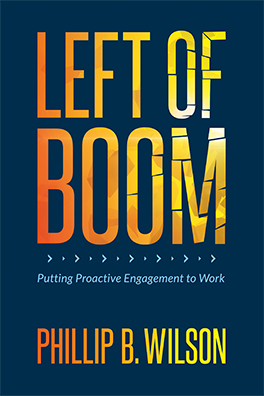It’s been a minute since we talked about whether a general strike could be coming for the U.S. anytime soon. Back in February, the answer was “No, and yes” because the possibility wasn’t worth losing sleep over. After all, a general strike hasn’t happened in the U.S. since 1946 in Oakland, CA. That strike occurred due to mounting economic dissatisfactions including inflation in the post-World War II environment.
Similar frustrations, including discontent over the government shutdown, are arguably also present in 2025, and some believe that this could lead to a cross-industry strike if workers see no other option for meaningful change. In October, Chicago Mayor Brandon Johnson called for workers to join the proposed May Day 2028 strike that UAW President Shawn Fain has been forecasting, so let’s check in on where that momentum sits.
A Union-Coordinated Mass Strike Over Contract Renewals
First, a reality check. Private sector union density sat abysmally low at 5.9% in 2024. For public and private sectors combined, that number was about 10%. So, a so-called “general strike” as carried out by unions would mainly affect specific employers and those further down the supply chain.
That doesn’t mean that Fain won’t try to spread a mass strike throughout several sectors. In fact, he’s been telegraphing his intent for a general walkout since late 2023. He called for other unions to align contract end dates with that of the Big Three automakers, and he warned that a general strike will take “mass coordination” with planning well in advance.
Granted, Fain is also using this threat as a future Big Three bargaining chip, but he is influential in labor circles, who are following his lead. His “Stand Up Strike” was copycatted by UFCW against grocery chains, and multiple unions–including the American Federation of Teachers, United Electrical Workers, and the Association of Flight Attendants–CWA–have aligned their contract end dates for Spring 2028, too.
If enough unions manage to coordinate contract negotiations, a general strike might be feasible and protected by the NLRA.
What About a Grassroots Effort?
Outside of specific union contracts, politically-motivated broad strikes tend to happen in Europe–on October 3 in Italy, at least 2 million people took part in a general strike over the Israeli-Palestinian conflict–but in the U.S., grassroots activism is far less structured.
A website called GeneralStrikeUS.com has gathered strike card “signatures” all year but has only reached about 400,000 out of their stated 10,602,352 goal. That’s less than 4%, and the site doesn’t have a formal union affiliation but is supposedly tied to the Democracy At Work non-profit. Various other websites, some of which appear insecure and potentially unsafe to link here, have likewise claimed to be spreading the word.
At present, it’s enough to stay aware and remember that while the NLRA protects certain strike activities, there’s less of a guarantee that a general strike against government policies would receive protections. That’s one more reason a general strike that’s not tied to contract disputes is less probable to happen, although not out of the question.
Conclusion
A general strike does not appear likely in 2025, but the portrait painted by Fain could come to reality in 2028. The single best way for businesses to guard against being included is by building what we call extraordinary workplaces, which thrive through transparent communication and positive cultures.
If workers feel valued and engaged, they are less apt to become involved with third-party intervention or drastic measures like a cross-industry walkout. Rather than viewing this issue through the lens of fear, however, the possibility of a general strike can be viewed by employers as an opportunity to build a resilient workforce with no room for union infiltration.






